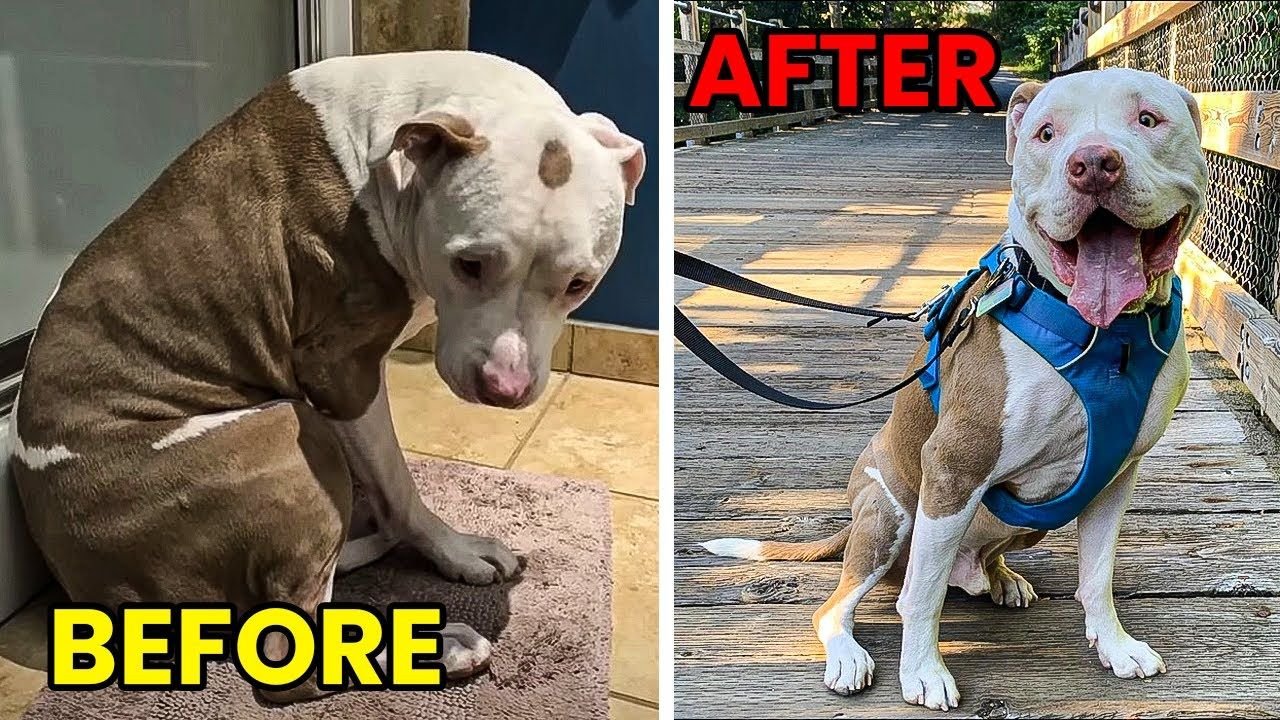From Fleas to Fluff: The Evolution of Dog Shampoo Through the Ages
As a dog owner, keeping your furry friend clean and smelling fresh is essential. But have you ever stopped to think about the evolution of dog shampoo and how it has changed over time? From natural ingredients to synthetic formulas, the evolution of dog shampoo has been a long and interesting journey. In this article, we will explore the history of dog shampoo and how it has developed into the Products we use today.
Table of Contents
The Evolution of Dog Shampoo Through the Ages
1. Introduction
Dog grooming has been around for centuries. Ancient Egyptians used combs to groom their dogs, and the Greeks and Romans used various tools to keep their dogs clean. However, it wasn’t until the early 20th century that the first dog shampoos were introduced. Since then, dog shampoos have come a long way.
2. Early Dog Grooming
Bathing with Water
Before the invention of dog shampoo, the only way to clean a dog was with water. Dog owners would bathe their dogs in streams or rivers, or they would pour buckets of water over them. While this method may have cleaned off some dirt and grime, it did not address any specific skin or coat issues.
Natural Ingredients
Dog owners in ancient times also used natural ingredients to clean their dogs. Olive oil and vinegar were common choices, as were citrus fruits and baking soda. These natural ingredients were believed to have cleansing and deodorizing properties.
3. The First Dog Shampoos
The first commercial dog shampoo was introduced in the early 1900s. It was a simple formula that was made with soap and water. While this shampoo was effective at cleaning dogs, it was not without its drawbacks. The soap in the shampoo was harsh and could irritate a dog’s skin. Additionally, the shampoo was difficult to rinse out, which could leave a residue on the dog’s coat.
4. Modern Dog Shampoos
Synthetic Formulas
Over time, dog shampoo formulas became more sophisticated. Synthetic ingredients were introduced, which allowed for more effective cleaning and conditioning. These ingredients included surfactants, which are compounds that help to lift dirt and oil from the skin and coat. Other synthetic ingredients, such as fragrances and dyes, were added to make the shampoo more appealing to dog owners.
Organic and Natural Ingredients
In recent years, there has been a trend towards using organic and natural ingredients in dog shampoo. These ingredients are believed to be gentler on a dog’s skin and coat, and they are often free from harsh chemicals. Natural ingredients like aloe vera, oatmeal, and tea tree oil are commonly used in these shampoos. While these shampoos may not be as effective at cleaning as their synthetic counterparts, they are often preferred by dog owners who want to avoid harsh chemicals.
5. Choosing the Right Dog Shampoo
Choosing the right dog shampoo is essential for maintaining your dog’s health and happiness. When selecting a shampoo, it’s important to consider your dog’s skin type, coat type, and any specific needs they may have. For example, dogs with sensitive skin may benefit from a gentle, hypoallergenic shampoo, while dogs with long hair may need a conditioner to keep their coat soft and tangle-free.
Conclusion:
Throughout history, dog owners have sought to keep their furry friends clean and healthy. This has led to the evolution of dog shampoos, from early remedies like salt and sulfur to the modern, specialized formulas we have today. The invention of synthetic detergents and the recognition of the importance of pH balance in pet care have revolutionized the dog shampoo industry, and now pet owners have a wide variety of options to choose from.
FAQs:
What are the main types of dog shampoos available today?
There are several types of dog shampoos available today, including general-purpose shampoos, medicated shampoos, hypoallergenic shampoos, and natural shampoos.
How often should I bathe my dog?
The frequency of bathing your dog depends on their coat type, activity level, and lifestyle. Generally, most dogs only need to be bathed once every 3-4 months. However, dogs with skin conditions or allergies may require more frequent bathing.
Is it possible to create homemade dog shampoo?
Yes, it is possible to make your own dog shampoo at home using natural ingredients like baking soda, vinegar, and essential oils. However, it’s important to do your research and follow a reliable recipe to ensure that the shampoo is safe and effective for your dog.



